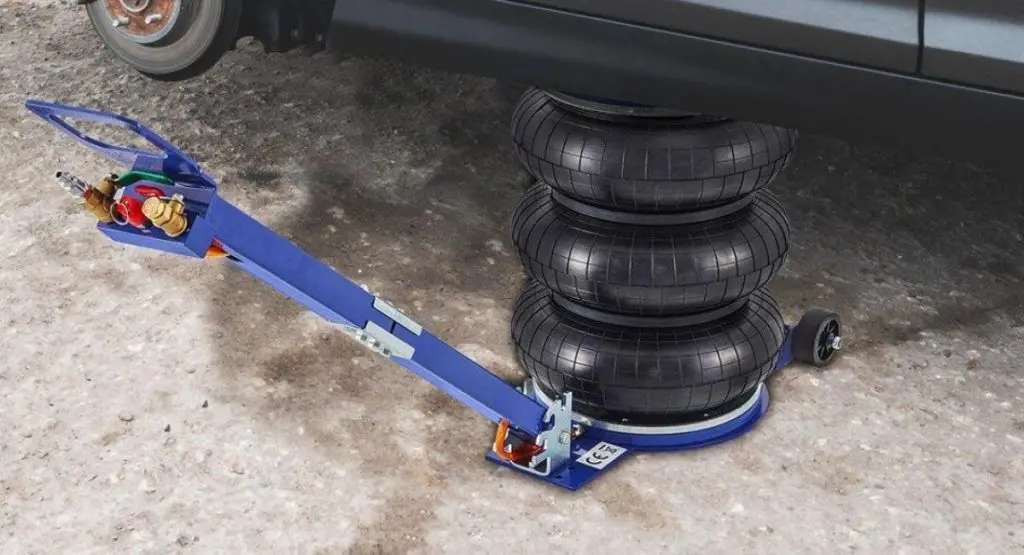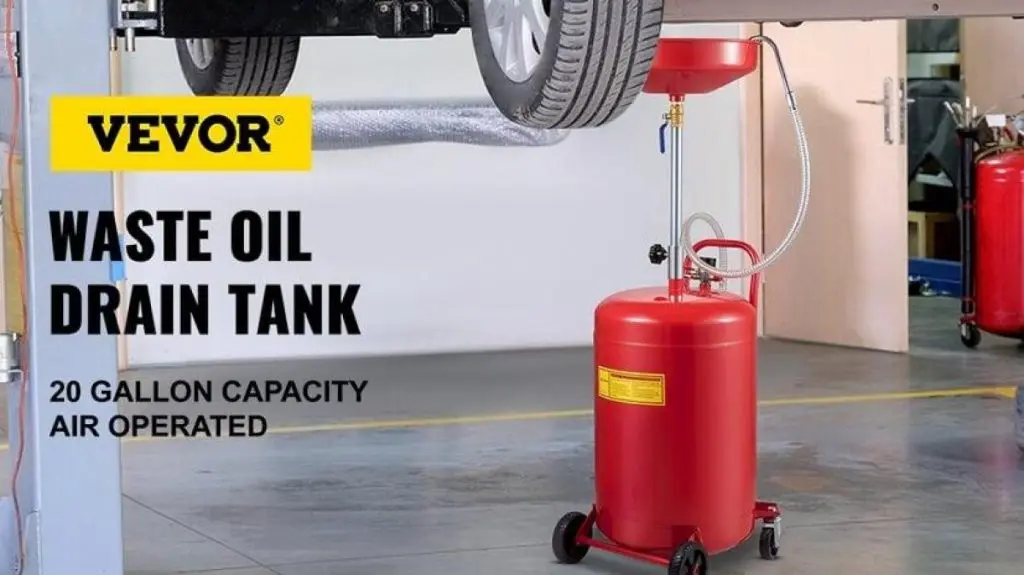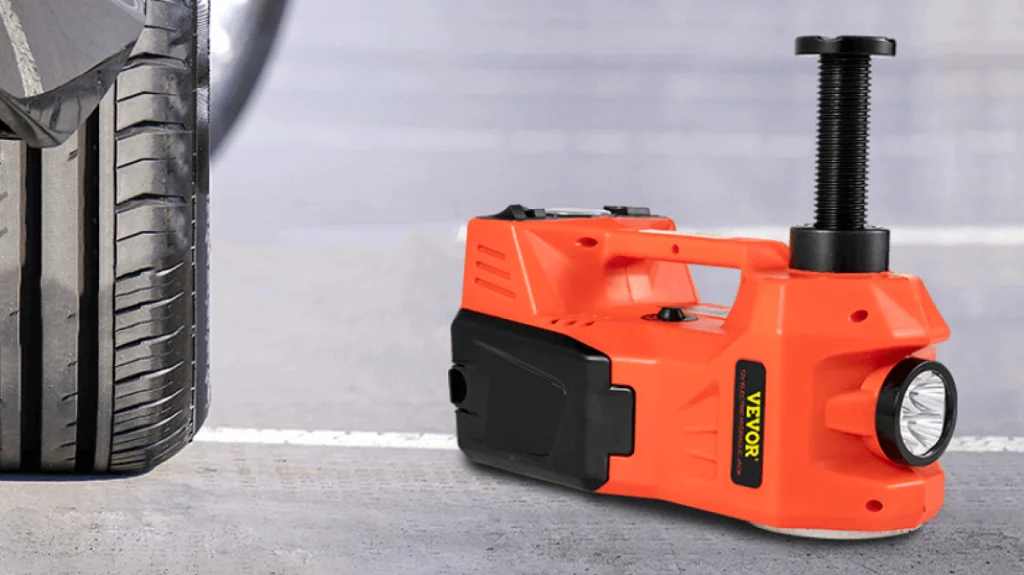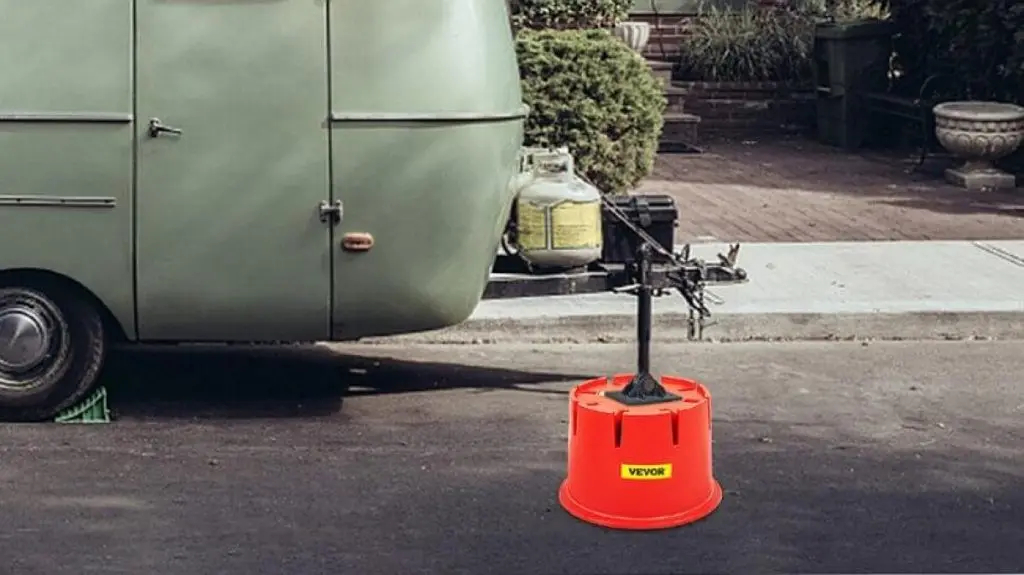One of the most valuable tools that you can have in any automotive garage is the hydraulic jack. These are fantastic tools that allow you to lift up vehicles many tons in weight without much effort. With that being said, hydraulic jacks require oil and hydraulic fluid to operate properly.
The hydraulic fluid is perhaps one of the most important components of all, because without it, a hydraulic jack would not work at all.
We will take a closer look at what exactly hydraulic fluid is further below, but our main goal of the day is to teach you how to fill a hydraulic jack with new hydraulic fluid. Hydraulic jacks like those from VEVOR are easy to use, but they also require regular hydraulic fluid filling, so let’s find out how to do that right now.
Table of contents
What’s a Hydraulic Jack?
A hydraulic jack is a special type of device used to lift up a variety of heavy objects, with motor vehicles being one of the primary things. They can lift weight far beyond what any human can do, and it’s all thanks to that hydraulic fluid pressure.
Hydraulic jacks come in various types, such as trolley jacks, floor jacks, transmission jacks, and bottle jacks. They each have slightly different uses, capacities, pros, and cons. However, the one thing that all of these hydraulic jacks have in common is that they use hydraulic fluid.
Without hydraulic fluid, none of these hydraulic jacks could generate the pressure and lifting force required to elevate vehicles high up into the air. For those who don’t know, hydraulic fluid is incompressible, so that when pressure is applied to it, it can easily lift heavy loads.
What Is Hydraulic Fluid – How Do Hydraulic Jacks Work?
Something that you’re probably wondering is what hydraulic fluid is. Well, hydraulic fluid may also be referred to as hydraulic oil. This is a special type of oil that is formulated to be used in hydraulic systems. It is designed specifically to transfer power.
Once again, it is not compressible, which means that it does not compress under pressure. Therefore, when the hydraulic fluid is pressurized, it pushes on the piston within the cylinder, therefore causing the lifting arm to move upwards. What is interesting to note however is that hydraulic fluid doesn’t just help lift, but it also works as lubrication.
It also helps to reduce wear and tear on various moving parts, while also assisting with heat dissipation. Hydraulic fluids are usually made-up out of some kind of base oil along with a lot of additives to help improve their overall performance.
If you’re wondering how a hydraulic jack works, it all starts by pumping the handle. This causes a piston within the pump chamber to draw hydraulic fluid from the reservoir into the pump chamber. That fluid is then taken into the main cylinder, and pushes against a piston. The piston then moves and pushes the lifting arm upwards. There are check valves and release valves used to hold the jack in place and then release it as needed.
How to Fill a Hydraulic Jack with Oil: Step-by-Step
Now that we know all about hydraulic fluid, it’s time to take a closer look at exactly how to fill a hydraulic jack with oil. As you’re about to see, it’s not a very difficult process, but it does need to be done properly.
Position the Jack
The first step in this process is to properly position the jack. You want to make sure that it is on a stable and flat surface. You don’t want any accidents, spills, or falls occurring. If the jack is not properly positioned, it may fall over during use, and your vehicle along with it.
You also want your workspace to be completely clean, so that there is no chance of the hydraulic fluid becoming contaminated. Always make sure that the jack is on a concrete floor or a sturdy workbench. You also want to make sure that the area is well lit, so you can see what you are doing at all times.
Open the Release
You’ll next need to release any pressure that has built up in the hydraulic system. This means that you need to locate what is known as the release valve. This generally takes the form of a small knob or screw somewhere close to the base of the jack. If you turn it counterclockwise, it should release any pressure and lower the lifting arm.
This will make it safe to add more hydraulic fluid to the unit. When you open the release valve however, be sure to be gentle, or else the lifting arm may suddenly drop. Furthermore, if the arm doesn’t lower all the way, you can apply just a little bit of pressure to push it down until it is at its lowest point. This will help make sure that there is no remaining pressure left in the system, as this can be bad for refilling.
Remove the Cover
Next, you will need to get into the hydraulic fluid reservoir, which means taking the cover off. There could be some kind of cap or plate, which needs to be removed with a screwdriver or any other kind of tool. This can depend largely on the model in question. Make sure that you keep the cover and the screws in a safe place so that you don’t lose them.
Wipe the Port Plug
The next thing that you want to do is to clean the port plug. Use some kind of paper towel or a clean rag to clean the area around the port plug. The reason you want to do this is because you don’t want debris and dirt getting into the hydraulic system.
When you remove the plug, if there’s dirt around, it may fall into the hydraulic system, and that can completely destroy the inner workings of any hydraulic jack.
To avoid leaving lint and fibers around the area, use some kind of cloth that won’t leave any residue behind. If the area around the plug is very dirty, you can also use a small brush to clean it. Using compressed air to blow away dirt and dust can also be beneficial.
Fill with Oil
Once the port plug has been cleaned and removed, you can now add hydraulic fluid into the system. You’ll want to use a funnel to avoid a mess, and use the hydraulic oil that is recommended by the manufacturer. Do not use hydraulic oil that is not recommended for your unit, or else you may damage the system.
Keep filling the hydraulic reservoir until the fluid gets to the bottom of the hole. Do not overfill however, because this can affect the hydraulic jack’s performance and cause leaks to occur. You also want to do this very slowly, or else air bubbles may occur. On that note, if you put too much in the system, use something like a turkey baster to remove hydraulic fluid.
Replace the Plug
With the hydraulic reservoir filled up, you can put the port plug back in place. Don’t over tighten it because you don’t want to damage the threads, but it needs to be tight enough to prevent any leaks from occurring.
Make sure that the plug is also in 100% good condition, because if it’s worn out, it could cause leaks to occur. You may also apply a bit of Teflon tape or thread sealing to the plug so that it doesn’t come undone during use.
Bleed Out the Air
With that done, you need to bleed the air out of the system. If there is any air in the system, the hydraulic jack won’t work properly. Pump the handle of the jack a few times when the release valve is open, and this will bleed out the air.
You want to do this a few times to make sure that all air has been removed. Keep bleeding the unit until all unusual movements or sounds have stopped. You also might want to put a mat or some kind of cardboard under the jack during this process to catch any of the fluid that comes out during this bleeding process.
Return the Cover Plate
The only thing left to do now is to put the cover plate back on. Make sure that all of the fittings and screws are fitted properly, and that the cover plate is secure. You can always test the jack after you’ve done this to make sure that everything works properly.
FAQ
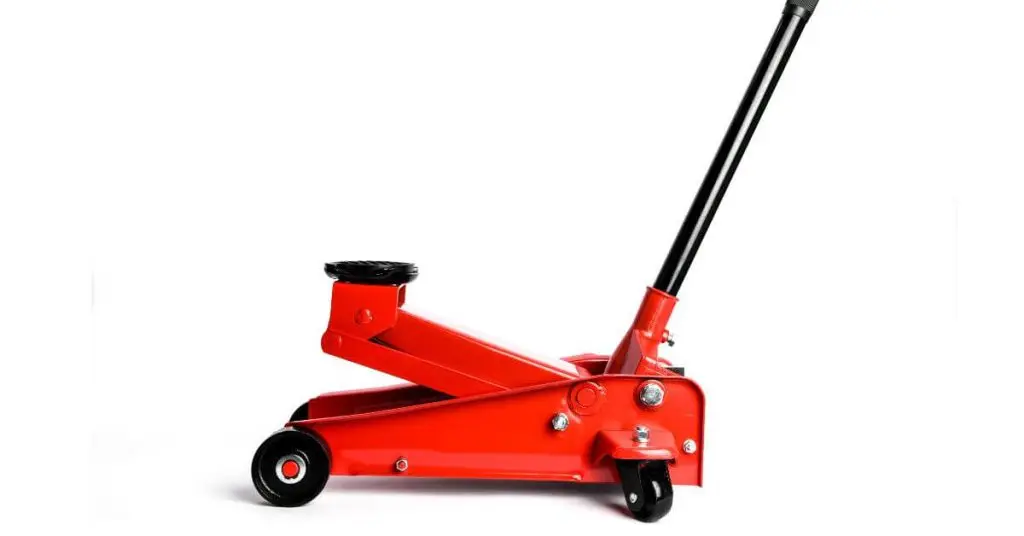
Here are some of your most frequently asked questions about refilling oil into a jack.
What type of hydraulic fluid do I need?
The exact type of hydraulic fluid you’ll need for your hydraulic jack depends on the unit in question. The bottom line is that the jack you buy will specify the exact type of hydraulic fluid you need. You need to use the right fluid, or else your jack might not perform properly, or it might even break.
Do I need to regularly check hydraulic fluid levels in my jack?
Yes, the hydraulic fluid level in your hydraulic jack should be checked on a regular basis. Generally speaking, you should check it before every use. Although this may seem a bit excessive, this will help ensure that there is enough hydraulic fluid in the system so that the jack operates properly and safely. You’ll also want to do a much more thorough check of the reservoir and fluid levels at least once per year to make sure that everything is in working order.
Can motor oil be used for hydraulic jacks?
If you’ve ever tried using motor oil to fill up your hydraulic jack, you’ll know that it does not work at all. Any kind of brake fluid, motor oil, or anything then the recommended hydraulic fluid should not be used. This can cause great damage to a variety of internal components and damage the seals, often leading to leaks. Only use the hydraulic fluid that is recommended.
What can I do if my hydraulic jack is leaking hydraulic fluid?
Hydraulic jacks can leak fluid at times, and this is an issue that you need to take care of right away. Therefore, the first step in this process is to identify where the leak is coming from. More often than not, this will be caused by either a loose fitting, cracked cylinder, or a damaged seal. Make repairs and replacements as needed until the issue is solved.
Final Thoughts on How to Fill a Hydraulic Jack
The bottom line here is that the hydraulic fluid is perhaps the number one most important component of any hydraulic jack. Without hydraulic fluid, hydraulic jacks simply would not work. So you can take care of various troubleshooting issues on your own, we have today taught you exactly how to fill a hydraulic jack. All of that being said, you also need to choose the right hydraulic jack in the first place, and this particular model from VEVOR is a great one to consider.


